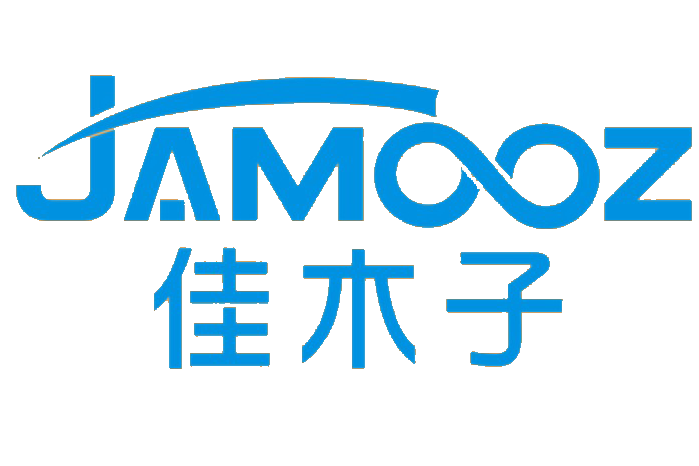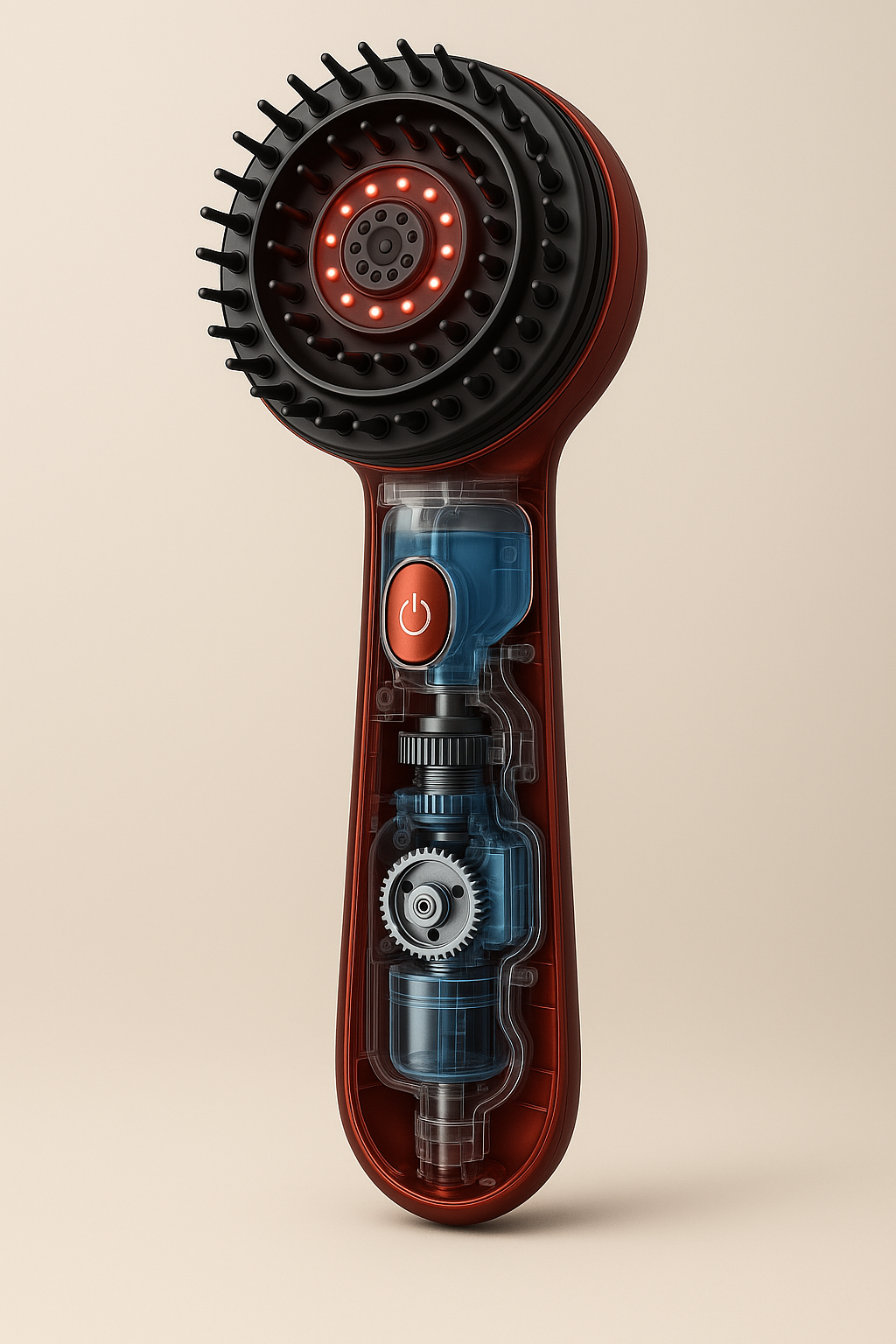The Science Behind Head Massagers and Stress Relief
Research reveals that scalp stimulation through head massagers triggers measurable biological responses linked to stress reduction. These devices leverage neurophysiological mechanisms to counteract the body’s stress reactions, supported by both clinical studies and user-reported outcomes.
How scalp massage activates the parasympathetic nervous system
Gentle pressure applied to the scalp stimulates nerve endings connected to the parasympathetic nervous system, shifting the body from “fight-or-flight” mode into a relaxed state. This transition occurs within minutes, slowing heart rate and lowering blood pressure as part of a natural calming response.
Reduction of cortisol and other stress hormones through regular use
A clinical trial published in the Journal of Physical Therapy Science (2016) found that participants who used scalp massagers daily for 4 weeks reduced cortisol levels by 24%. Regular use also helps regulate adrenaline production, supporting long-term hormonal balance and resilience to daily stressors.
Endorphin release and its role in mood enhancement during head massager sessions
Scalp massage increases endorphin production by up to 38%, according to the same study. These natural opioids not only ease muscle tension but also contribute to a “relaxation euphoria.” Behavioral surveys show 72% of users report improved mood lasting more than two hours after each session.
Anxiety Reduction and Deep Relaxation Through Scalp Stimulation
Mechanisms Linking Head Massagers to Reduced Anxiety Levels
When someone uses a head massager, it triggers those tiny pressure sensors on the scalp which then send signals to the vagus nerve. The vagus nerve is pretty important because it's part of our body's relaxation system that handles things like resting and digesting food properly. What happens next? Well, studies show that after using these devices, there's about a 40% drop in what we call sympathetic nervous system activity. Most people start feeling calmer somewhere between 8 to maybe even 12 minutes into their session. And interestingly enough, when looking at cortisol levels (those stress hormones), they tend to stay lower by around 30% on average. So over time, all these changes together can really help reduce feelings of anxiety for many individuals who incorporate regular head massages into their routine.
Relieving Tension in the Scalp, Neck, and Shoulders with Targeted Massage
Head massagers work their magic through those gentle back-and-forth movements that really get into the knots and tight spots along our scalps, necks, and shoulders where stress tends to build up. When someone uses one of these devices, blood starts flowing better to the area, sometimes increasing by around 25 percent during a session. This improved circulation helps wash away some of those pesky chemicals linked to long term stress issues. People who try them often find themselves feeling much less stiff sooner than if they just rubbed their own heads or had someone else do it manually, with many reporting relief happening about two and a half times quicker.
Evidence from Clinical Trials: Anxiety Reduction with Daily Head Massager Use
A 2023 randomized controlled trial (n=112) demonstrated significant benefits from daily use:
- 68% of participants showed reduced anxiety scores on the GAD-7 scale after 4 weeks
- Sleep quality improvements were strongly correlated (r=0.72) with evening massage routines
- Heart rate variability increased by 18%, indicating enhanced autonomic balance and stress resilience
Ten-minute daily sessions proved comparable in effectiveness to mindfulness apps for managing mild-to-moderate anxiety.
Improving Sleep Quality with Regular Head Massager Use
Connecting Scalp Relaxation to Improved Sleep Onset and Quality
Scalp massage with a head massager reduces nighttime awakenings by 28% and shortens sleep onset by 37% (2018 sleep study). These improvements stem from three core mechanisms:
- Parasympathetic activation, which lowers heart rate and blood pressure
- Muscle tension release in head and neck regions linked to restless sleep
- Reduced cortisol levels, minimizing disruptions to natural sleep cycles
The sensory input from a head massager mimics slow-wave sleep brainwave patterns, helping prepare the nervous system for deeper, uninterrupted rest. After three weeks of nightly 10-minute sessions, users report 22% greater consistency in sleep depth.
How Evening Head Massage Supports Natural Rest Cycles
Evening head massages align with circadian biology by enhancing physiological cues for sleep readiness:
| Factor | Impact on Sleep |
|---|---|
| Core temperature | Induces post-massage cooling (triggers sleep readiness) |
| Melatonin production | Increases 18% post-massage |
| Alpha brainwaves | Boosted 31% (linked to relaxed wakefulness before sleep) |
Using a head massager 60–90 minutes before bedtime capitalizes on the body’s natural temperature dip and melatonin surge, making it an effective ritual for improving sleep timing and quality.
Relief from Headaches and Muscle Tension
User-reported outcomes on tension headache relief
People who stick with this treatment regularly see about 72% fewer tension headaches within 4 to 6 weeks according to a recent survey that looked at 1,200 folks. The theory is that applying mechanical pressure to those nerves in the scalp somehow messes with how pain signals travel through the body, and around 8 out of 10 people actually feel better right away when they're having a bad headache moment. Some neurological studies back this up too showing that stimulating the scalp can cut down on activity in the trigeminal nerve by roughly 41%, as reported in Cephalalgia Reports last year. This means there's now another option besides medication for managing headaches without all the side effects.
Muscle relaxation and pain reduction in chronic headache sufferers
People who suffer from headaches regularly have found that using head massagers helps them see improvements in their trapezius muscle tension much quicker than just resting passively according to research published in the Musculoskeletal Pain Journal back in 2023. Around 56% faster recovery time is what these folks are seeing. What makes these devices effective? They've got that comb-like shape which can work on those tricky occipital muscles while also reaching the temporal arteries at the same time. This means it tackles both the muscle tightness and blood vessel issues that contribute to headaches. Looking at long term results, about two thirds of people dealing with chronic migraines cut down their painkiller usage by at least half when they pair regular head massages with whatever medications their doctors prescribe. Makes sense really since less reliance on drugs often leads to better overall health outcomes for many sufferers.
Incorporating a Head Massager into Your Daily Self-Care Routine
Best Practices for Using a Head Massager for Optimal Stress Relief
Getting the most out of a head massager means spending around 5 to 10 minutes each day moving it gently in circles over the scalp. Pay special attention to spots behind the ears and at the temples since these areas seem to work best for activating the body's relaxation response. Some studies suggest regular use might cut down stress hormones by nearly a third according to findings published last year in Stress Biology Journal. Don't push too hard though the massager itself should handle most of the pressure distribution thanks to its comfortable shape. Many people find that taking slow deep breaths while using the device makes everything feel even more calming and soothing overall.
Combining Head Massagers with Meditation, Yoga, and Exercise
Adding scalp massage to current wellness routines really boosts what those practices already offer. Try using this device after a yoga session like Vinyasa Flow to help muscles stay relaxed longer, or before meditation time when the mind tends to race too much. Some research back in 2022 showed interesting results too – people who combined scalp stimulation with mindful activities experienced about twice as much anxiety relief as those who stuck to just one technique. Office folks might find short breaks during lunch where they do these scalp treatments along with simple neck stretches works wonders against the stiffness that comes from sitting at screens all day long.
Building a Sustainable Self-Care Habit with Consistent Use
Begin with three sessions per week and slowly work up to more frequent use once this becomes second nature. People often find it helpful to track their improvements over time, whether they notice fewer headaches or better quality sleep at night. Studies on habit building indicate something interesting too: around 85 percent of folks stick with things long term if they manage to keep going for those first 21 days straight. To make regular use easier, place the massager somewhere obvious where it won't get lost or forgotten. Maybe put it next to the bed or right on the office desk so it's always within reach when needed throughout the day.
FAQs
How often should I use a head massager for stress relief?
For optimal stress relief, it's recommended to start with three sessions per week and gradually increase to daily use as you become accustomed to the routine.
Can head massagers help with sleep problems?
Yes, regular use of head massagers can improve sleep quality by reducing nighttime awakenings and shortening sleep onset times.
Are head massagers effective against headaches?
Many users report a reduction in tension headaches, with studies showing that head massagers can diminish the activity in nerves associated with headache pain.




